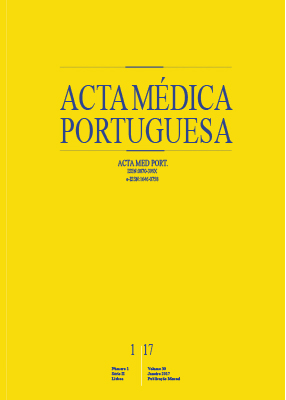Analysis of the Cochrane Review: Non-medical Prescribing versus Medical Prescribing for Acute and Chronic Disease Management in Primary and Secondary Care. Cochrane Database Syst Rev. 2016;11:CD011227.
DOI:
https://doi.org/10.20344/amp.8652Keywords:
Acute Disease/therapy, Chronic Disease/therapy, Drug Prescriptions, Systematic ReviewAbstract
In countries with diverse socioeconomic levels, in order to address the health care demands, the consideration of a wide array of strategies is needed; among these, non-medical prescription can be included. The objective of this revision was to ascertain whether non-medical prescription results in comparable clinical and patient-related outcomes to medical prescription. This systematic review was conducted in compliance with the standard Cochrane methodology. Clinical outcomes were compared between prescription carried out by non-medical health professionals and doctors, provided that the non-medical health professional prescribed with a high degree of autonomy, both in hospital and community practice, in countries with low, medium and high socioeconomic level. The review included 46 clinical trials, with different designs, with 37 337 participants overall. Most studies were based on the management of chronic disease in higher income countries, where the evidence supports comparable outcomes for the markers of disease relative to high blood pressure (moderate-certainty of evidence), diabetes control (high-certainty of evidence); high cholesterol (moderatecertainty
of evidence), among others. Prescription by pharmacists and nurses with different levels of undergraduate, specific and postgraduate education could provide comparable outcomes to medical prescription, specifically with regards to adherence to therapy, adverse events, overall satisfaction, quality of life, and resource utilisation (hospitalisations, visits to the emergency department, and consultations). Non-medical prescribers frequently had medical support available to facilitate a collaborative practice. With appropriate training and support, non-medical prescription by nurses and pharmacists can be as effective as when carried out by doctors.
Downloads
Downloads
Published
How to Cite
Issue
Section
License
All the articles published in the AMP are open access and comply with the requirements of funding agencies or academic institutions. The AMP is governed by the terms of the Creative Commons ‘Attribution – Non-Commercial Use - (CC-BY-NC)’ license, regarding the use by third parties.
It is the author’s responsibility to obtain approval for the reproduction of figures, tables, etc. from other publications.
Upon acceptance of an article for publication, the authors will be asked to complete the ICMJE “Copyright Liability and Copyright Sharing Statement “(http://www.actamedicaportuguesa.com/info/AMP-NormasPublicacao.pdf) and the “Declaration of Potential Conflicts of Interest” (http:// www.icmje.org/conflicts-of-interest). An e-mail will be sent to the corresponding author to acknowledge receipt of the manuscript.
After publication, the authors are authorised to make their articles available in repositories of their institutions of origin, as long as they always mention where they were published and according to the Creative Commons license.









